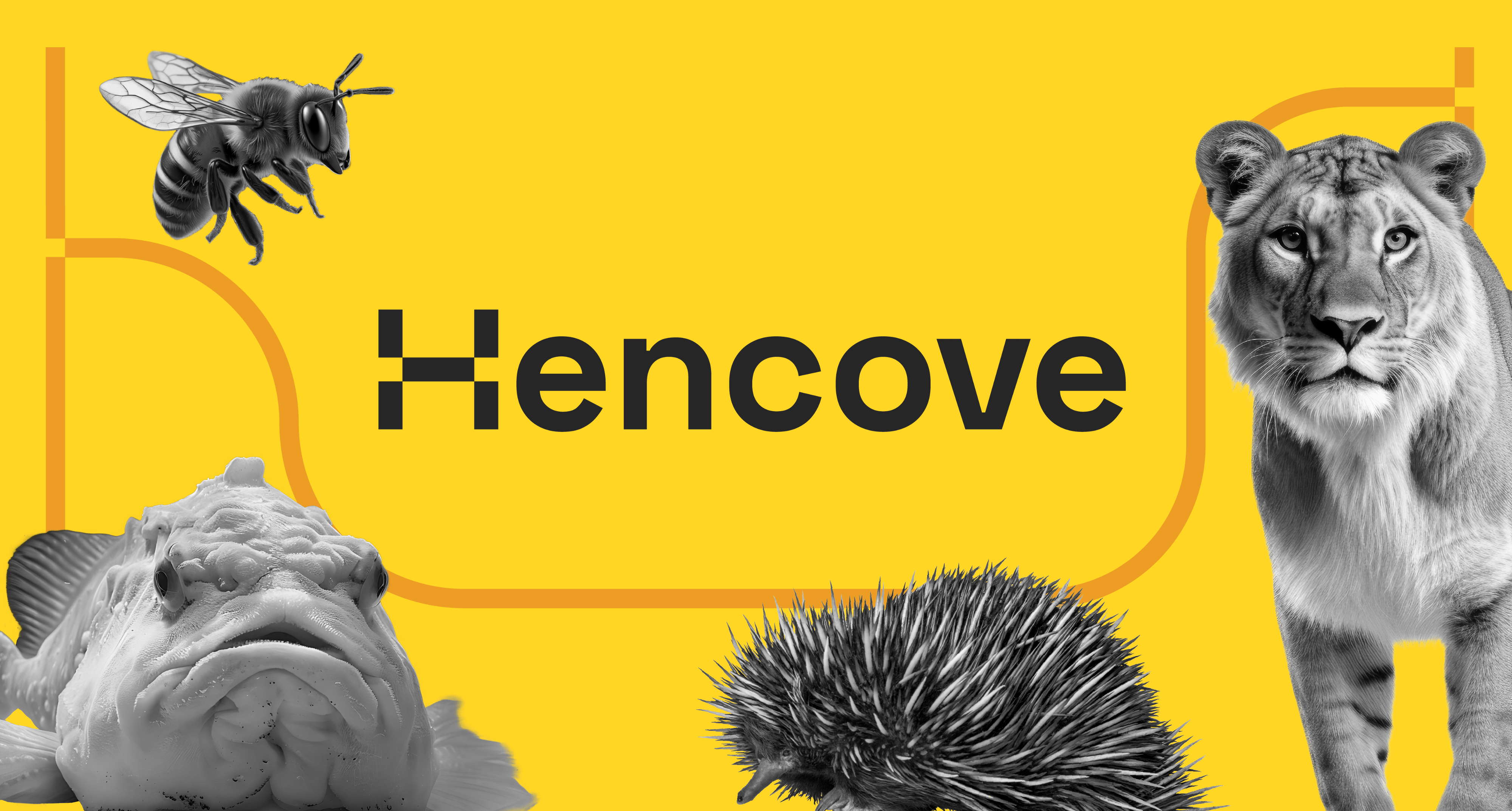As a long-term track and field fan, I have witnessed the sport I love go through many changes in my lifetime. Currently, running is experiencing a major grass-roots renaissance with the meteoric rise of run clubs and road race popularity. More participants than ever mean more fans. More fans mean more eyes on the sport. And more money. Historically, track and field hasn’t been highly lucrative—and it still isn’t, compared to sports with weekly competitions, steep ticket prices, and prime-time TV slots. But the steady rise in demand and a powerful consumer audience behind it has driven significant transformation that’s on full display each Olympic year.
I attended my first track and field Olympic Trials as a spectator in 2004 and have attended countless other pro and amateur meets in the two decades between then and now. I do not speak metaphorically when I say I’ve had a front-row seat to this gradual, tectonic shift. Twenty years ago, the track at the Trials was a dense sea of swooshes and triple stripes, with its most egregious example found in the men’s 100m finals where seven of the nine competitors represented Nike and the other two were under Adidas. Few, if any, spectators could have envisioned a future where over two dozen brands were abundantly represented on the national stage.
While today you still won’t see beer or truck brands vying for athlete sponsorships, there is finally enough financial incentive for a truly competitive sponsor marketplace. The traditional shoe contract model centered on scarcity, single-brand dominance, and high-visibility endorsements is losing its efficacy. Today brands are shifting toward more authentic, narrative-driven partnerships that emphasize storytelling and values over traditional advertising. They are choosing athletes for their stories rather than their medal count, and athletes are choosing them back. We are seeing the rise of true partnerships; a reinvention of athletes as ambassadors, valued on and off the track as individuals who are elevating their journeys over their accomplishments.
One brand in particular has taken an innovative approach to this disruption—Bandit Running. They’re young and not yet big enough to support athletes for yearslong stretches as is traditional, but they didn’t let a lack of precedent stop them. They launched the Unsponsored Project, in which they provide gear and short-term financial support to otherwise unsponsored athletes who are without support at the Trials. This model is the opposite of the standard NDA-laden, restrictive professional contract that locks athletes in. Instead, they are prioritizing athletes’ well-being and decentering themselves by designing all-black, logo-less uniforms for the occasion. Bandit’s goal was simple: to grow the sport. They had a genuine desire to see more athletes at the Trials in June, which meant supporting the up-and-coming talent who struggle to send themselves to meets on their own. And in the process, they authentically elevated their own brand—a perfect symbiotic moment that spoke to fans and consumers.
To see an army of these competitors, united by their unbranded gear, walking across the arena on super-branded Eugene soil was nothing short of ironic. Phil Knight, Nike’s founder, built the University of Oregon’s famous stadium and home of this year’s Trials as an ode to track and field, yes, but also as a larger-than-life emblem of Nike. And Nike was dethroned this year—not by another brand, but by an ethos. The company that was long ago born out of a garage and a deep love for running, that has done more for the sport than I can even articulate, has lost its way in this new terrain. They built themselves up so tall that they couldn’t see the ground changing beneath them. Ultimately, their hubris prevented them from adapting to this new wave of authenticity and values alignment that customers crave.
The evolving sponsorship landscape reflects broader changes in marketing and consumer behavior. People are fed up with overconsumption and loss of individuality. Moving forward, innovative marketing in this space and others will look like radical honesty: honest stories, connections, and community. Advertising that remains oblivious—or perhaps just in denial—to this shift will be outrun.



